Mangnae Hoejip (막내회집)
3.4Km 2021-04-09
34-11, Namdaemunsijang, 4-gil, Jung-gu, Seoul
+82-2-755-5115
It is a Hoejip (raw fish restaurant) with 26 years’ tradition. This Korean dishes restaurant is located in Jung-gu, Seoul. The representative menu is sliced raw flatfish.
Ben's Cookies Itaewon(벤스쿠키 이태원)
3.4Km 2021-01-08
203 Itaewon-ro Yongsan-gu Seoul
+82-2-556-3275
It is a store specializing in British handmade cookies directly baked every day. This restaurant's signature menu is cookies. This cafe is located in Yongsan-gu, Seoul.
Namdaemun Market Mungu (Stationery) Street (남대문 문구상가)
3.4Km 2020-04-21
6-2, Namdaemun-ro, Jung-gu, Seoul
+82-2-753-2805
Also called Mungu (Stationery) Street, Mungu Shopping Center is home to colorful stationery, toys, and wrapping materials. Because of its colorful items, the center has attracted many tourists and producers interested in stationery and toys. A slew of camera shops on the outskirts of the center offer camera lenses and camera items not readily available elsewhere, attracting both amateur and professional photographers from Korean and abroad.
Fine Art Gallery Art Link (갤러리 아트링크)
3.4Km 2019-03-19
66-17, Yulgok-ro 3-gil, Jongno-gu, Seoul
+82-2-738-0738
Opened in March 2003, the Fine Art Gallery Art Link is a gallery that displays art pieces while creating an opportunity for patrons to meet the art and artists. The gallery also contributes to communication between modern art and people through online and offline channels.
Deoksugung Palace's Daehanmun Gate (덕수궁 대한문)
3.4Km 2025-01-13
99 Sejong-daero, Jung-gu, Seoul
+82-2-771-9951
Located near City Hall station, Daehanmun Gate is the main gate of Deoksugung Palace, one of the princiapl five palaces of Joseon dynasty. The name "Daehan" means wish for eternal prosperity of the Korean Empire. In front of the gate, the Palace Royal Guard Changing Ceremony is held twice daily, along with the reproduction of costumes and style throughout the year.
Jeongdong Culture Night (정동야행)
3.4Km 2025-05-20
99 Sejong-daero, Jung-gu, Seoul
+82-2-3396-4625
Jeongdong Culture Night is dedicated to promoting the history and culture of Jeongdong, a neighborhood in Jung-gu, Seoul. The festival programs allow participants to understand how the history is connected to today's culture and offers an opportunity to view Jeongdong's cultural facilities in a different perspective.
Baek In-je House (백인제가옥)
3.4Km 2024-10-15
16 Bukchon-ro 7-gil, Jongno-gu, Seoul
+82-2-724-0200
Baek In-je House, located in Bukchon Hanok Village, is a hanok built during the Japanese administration period that portrays modern hanok features. The structure consists of a main room offering a good view of the whole village, spacious bedrooms, a large garden, and annex buildings. As it maintains the beauty of a traditional hanok while incorporating the modern trend of its time, Baek In-je House is considered to be highly valuable in means of both architecture and history, representing the Bukchon Hanok Village together with Yun Bo-seon House.
Baek In-je House was built from black pine, which was first introduced in Seoul during the Gyeongseong Expo in 1907, distinguishing itself from other upper-class houses of its time. Unlike other traditional hanok designs that separate the main building from the other rooms, Baek In-je House connects the two with a hallway, allowing convenient access between the two structures. The house also consists of a Japanese-style hallway and floor mat rooms, reflecting the interior trends of that period. Baek In-je House is also unique in that the main room is partially built as a two-story structure, a style that was never seen in any traditional hanok built during the Joseon period.
Ilmin Art Museum (일민미술관)
3.4Km 2022-09-27
152, Sejong-daero, Jongno-gu, Seoul
The Ilmin Art Museum located in former Dong-A Newspaper Building, was formed in honor of their honorable and late CEO Kim Sang-man. The museum was established in December of 1996, and with a full renovation in 2001, large exhibition hall and Ilmin collection was placed in. Through the renovation, the combination of glass and steel made Artrium aimed to become one of the best comtemporary museum, connecting the museum to the streets of Gwanghwamun.
This museum boasts a large Ilmin collection. There are 430 pieces of Ilmin collection from Goryeo dynasty (918-1392) to present, 1,200 pieces in the Donga Newspaper's collection of art, and 100 pieces of art owned by Hyundai Corporation. The Ilmin Collection mostly consists of pieces that Kim Sang-man collected from ceramics to aesthetic paintings. The Dongah Newspaper's collection has time-relevant pieces that are important in history.
Hottracks - Gwanghwamun Branch [Tax Refund Shop] (핫트랙스 광화문점)
3.4Km 2024-04-23
1, Jong-ro, Jongno-gu, Seoul
-
Kyobo Book Centre Gwanghwamun (교보문고)
3.4Km 2024-12-04
1 Jong-ro, Jongno-gu, Seoul
02-3295-0312
Kyobo Book Centre is the first large-scale bookstore in Korea, and this particular store can be found next to Gwanghwamun Square. Kyobo Book Centre Gwanghwamun divides its internal area into 11 sections and organizes them in a way that allows readers to find books easily. The store also has specialized shops for stationery, digital devices, and accessories, as well as exhibition spaces and cafés.
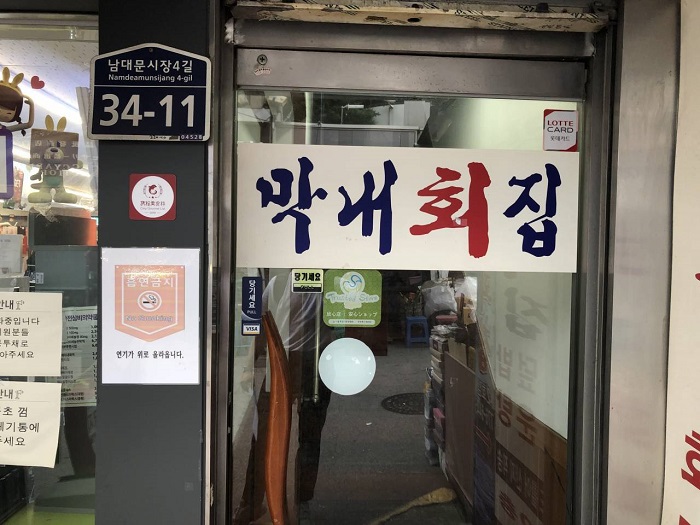

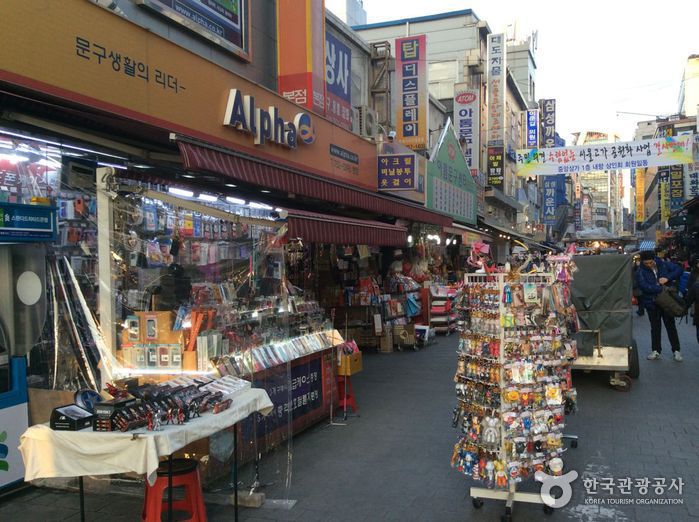
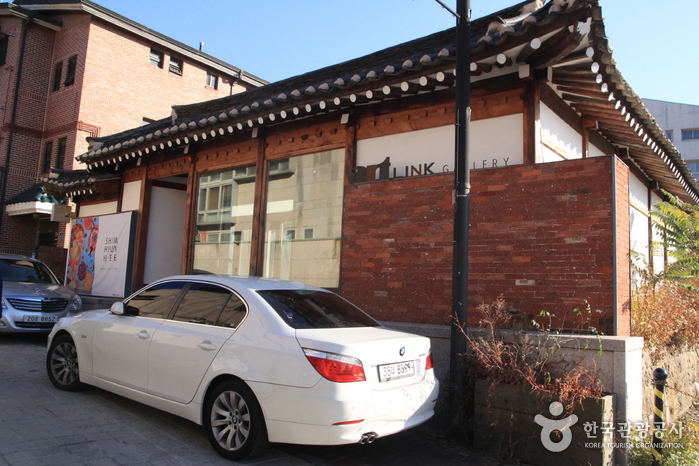
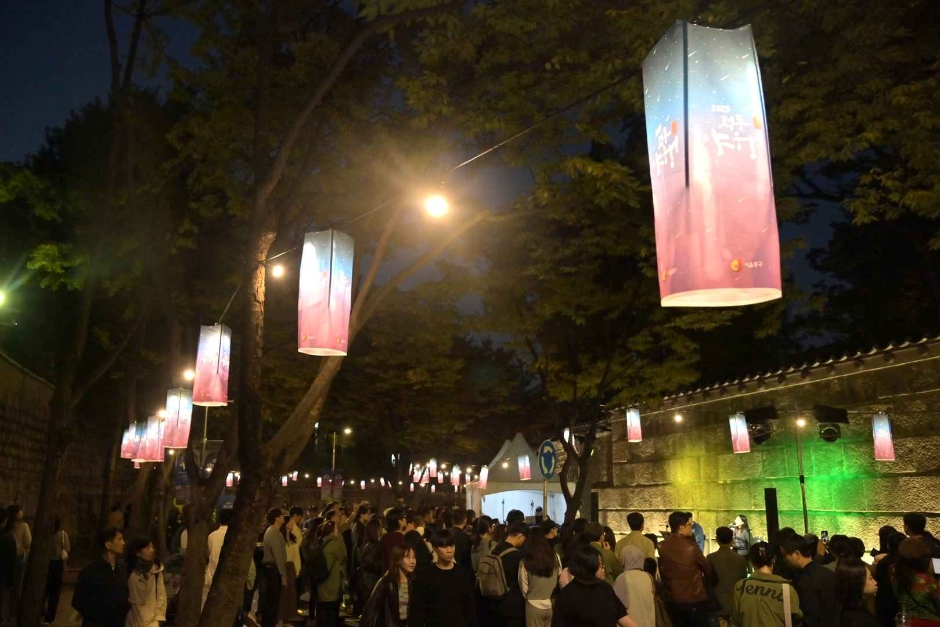
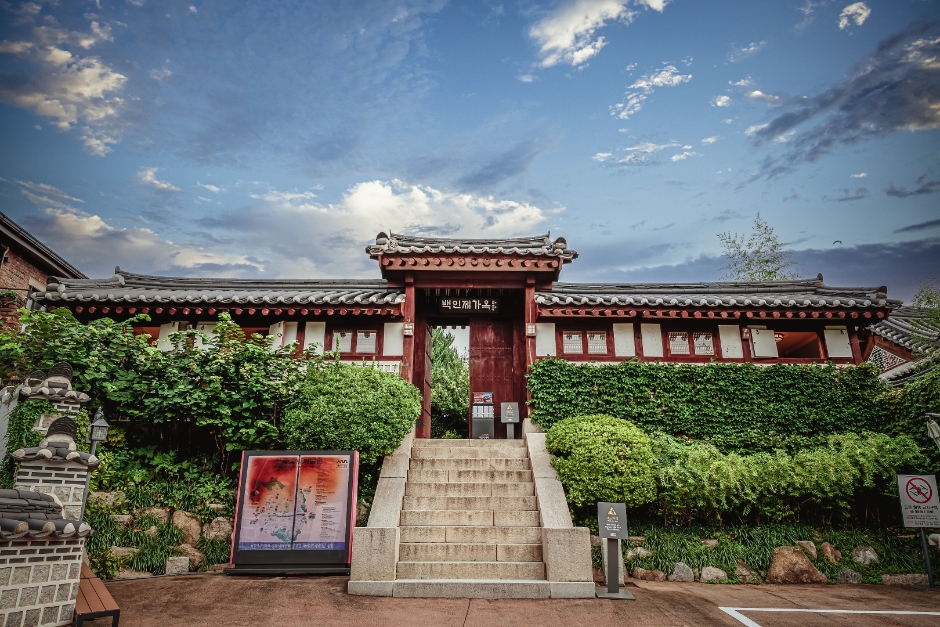
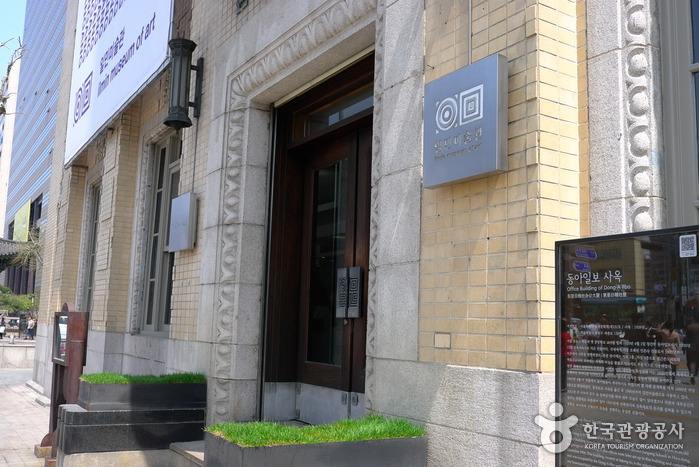
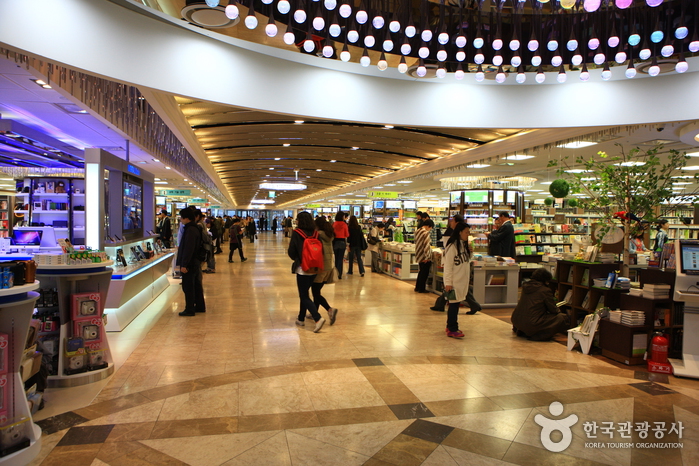
 English
English
 한국어
한국어 日本語
日本語 中文(简体)
中文(简体) Deutsch
Deutsch Français
Français Español
Español Русский
Русский